In a design world saturated with photorealistic 3D renderings, a new movement is gaining ground: architects are turning back to hand-drawn sketches, but this time, enhanced with artificial intelligence. These AI-powered architectural sketches, often referred to as living sketches, blend the raw energy of traditional drawing with the dynamic storytelling capabilities of generative tools. The result is a hybrid visual language that feels personal, expressive, and alive.
1. Sketch as Thinking, Not Just Showing
Architect Hamza Shaikh offers a revealing example: he starts with a hand or digital sketch, abstract elevations, fragmented spaces, or moody compositions, and then guides it through AI iterations, using tools like Krita with ComfyUI and ControlNet. The result is an architectural thinking tool that evolves in dialogue with the machine. The line remains the anchor; AI becomes an amplifier, not a replacement.
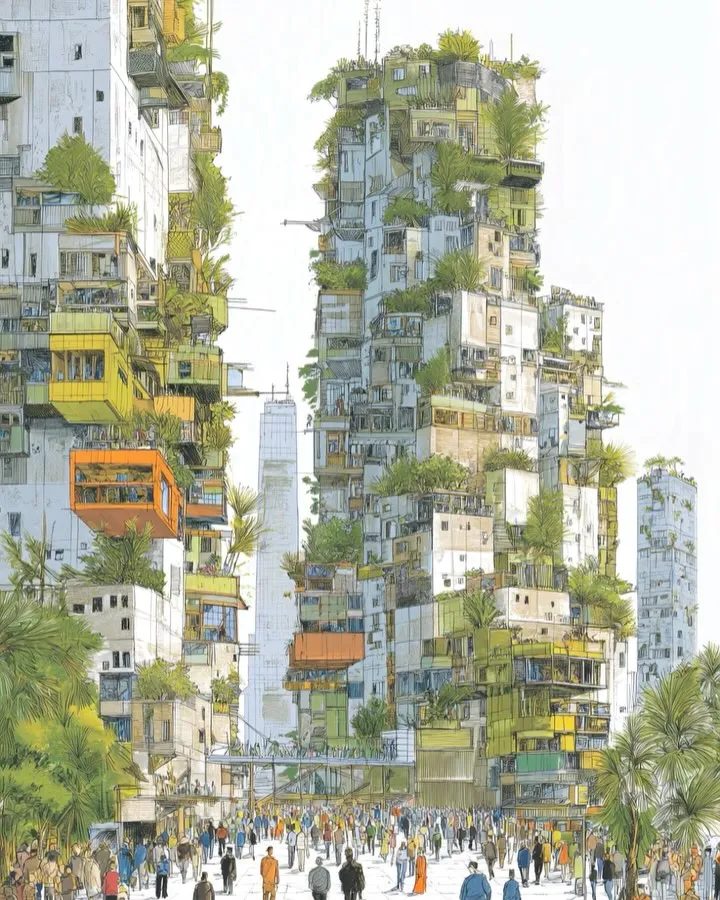
2. Atmosphere, Story, Suggestion
Studio Tim Fu takes living sketches into cinematic territory. Using Midjourney, Kling, and Photoshop, the team crafts pieces that evoke mood more than detail. With carefully written prompts, they blend architecture and narrative in layers: fleeting light, vague silhouettes, delicate gestures suggestive of life and story. The end result is a moment, quiet but charged, inviting viewers to linger rather than skim.

Ready to Learn the Tools Behind Living Sketches?
If you’re fascinated by how architects are blending sketching with AI tools like Midjourney, ControlNet, and Stable Diffusion, PAACADEMY offers live workshops and hands-on courses that teach you exactly how to do it. Led by industry pioneers like Tim Fu and Hassan Ragab, PAACADEMY’s AI-focused sessions help you master prompt writing, image-to-sketch workflows, cinematic AI storytelling, and more. Whether you’re an architect, designer, or visual thinker, it’s your gateway to shaping the future of creative design.
3. Holding Space in Early Design
At AIMETA Studio (led by Rolando Cedeño de la Cruz), AI-powered sketches become tools to keep design generative. Moving away from over‑smooth photorealism, AI-augmented animated sketches let concepts breathe, evolve, and stay flexible. Using Midjourney, Kling, Leonardo AI, and ChatGPT, AIMETA works in a nonlinear loop sketch, prompt, and evolve, letting uncertainty remain and fostering collaborative feedback from the team and client.

Architects Are Rethinking the Sketch
1. Rethinking visualization workflows
These approaches flip the script: instead of laborious CAD-to-3D-to-render pipelines, architects can sketch ideas and propel them into vivid, context-rich compositions in minutes. ControlNet–Stable Diffusion combos and tools like PromeAI or SketchUp plugins, such as Veras, let designers draw and then let prompts and AI rough it out into atmospheric renderings, all while keeping control firmly in hand.
2. AI as a creative partner
The common thread is AI as collaborator, not autopilot. Whether it’s Shaikh’s iteration-feedback sequence, Tim Fu’s mood setting, or AIMETA’s open-ended concepting, the architect’s mark remains central. AI adds atmosphere, scale, and context, but it doesn’t write the story alone.
3. Faster Iteration, Deeper Engagement
This hybrid approach speeds up iteration once took hours in the studio, can now emerge in minutes. Animated living sketches can serve as early-stage tools, not just polished deliverables. They offer a shared narrative space where clients can feel an intuitive connection and join in the creative process, while technical teams avoid premature specificity.
A peek at the technical toolkit
- AI models: Midjourney, Stable Diffusion (often with ControlNet), PromeAI, Veras, Kling, Leonardo AI.
- Interfaces: Digital sketching in Krita, tablet pen tools, or Quickline overlays on photos.
- Workflow supports: Photoshop for post-processing, prompted refinement loops, and optional overlays for diagrams and storytelling elements.
- Outputs: Flickering or slow-moving sketches, ambient atmospherics, cinematic zooms often meant for contemplation, not construction documents.
Drawing remains central to thinking, AI is enhancing it with sonic qualities, cinematic gestures, and contextual warmth. Across studios, AI is moving beyond photorealism and into creative partnership. From site‑aware analysis tools (Spacemaker, TestFit) to BIM extensions (Veras, ClearEdge), sketch-based workflows are becoming fertile terrain for generative design. Skills like prompt‑crafting, sketch‑wrangling, and algorithmic control are forming a new architectural literacy.
Living sketches are architectural storytelling at its most soulful and experimental. They restore the human hand to the center of creation, while inviting AI to expand possibilities. They’re rewriting how architects imagine, present, and collaborate.
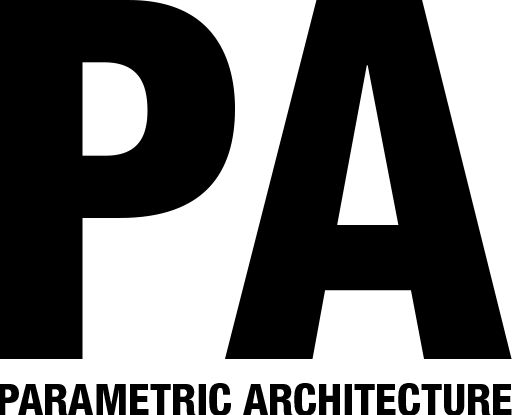


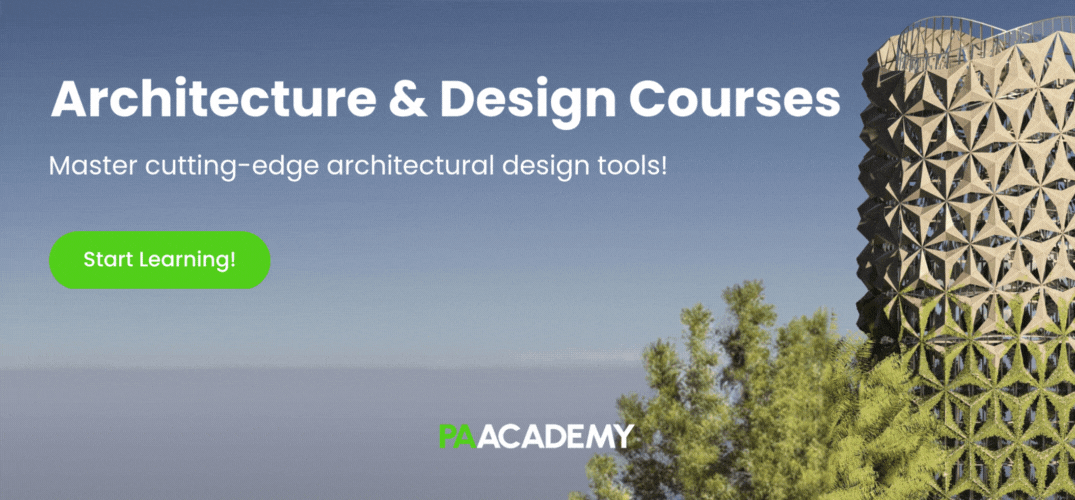
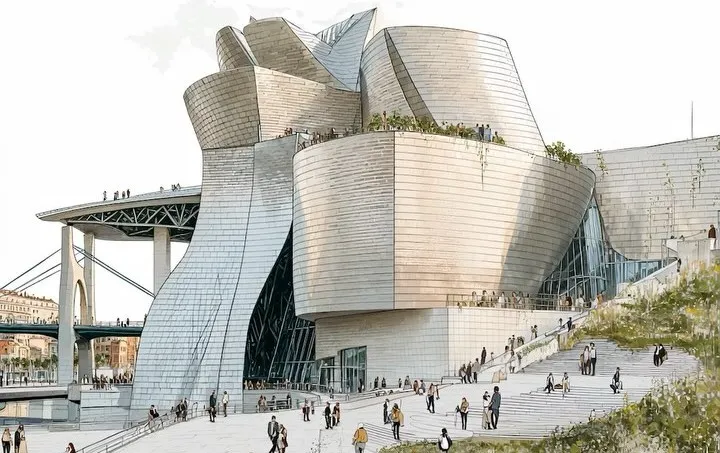







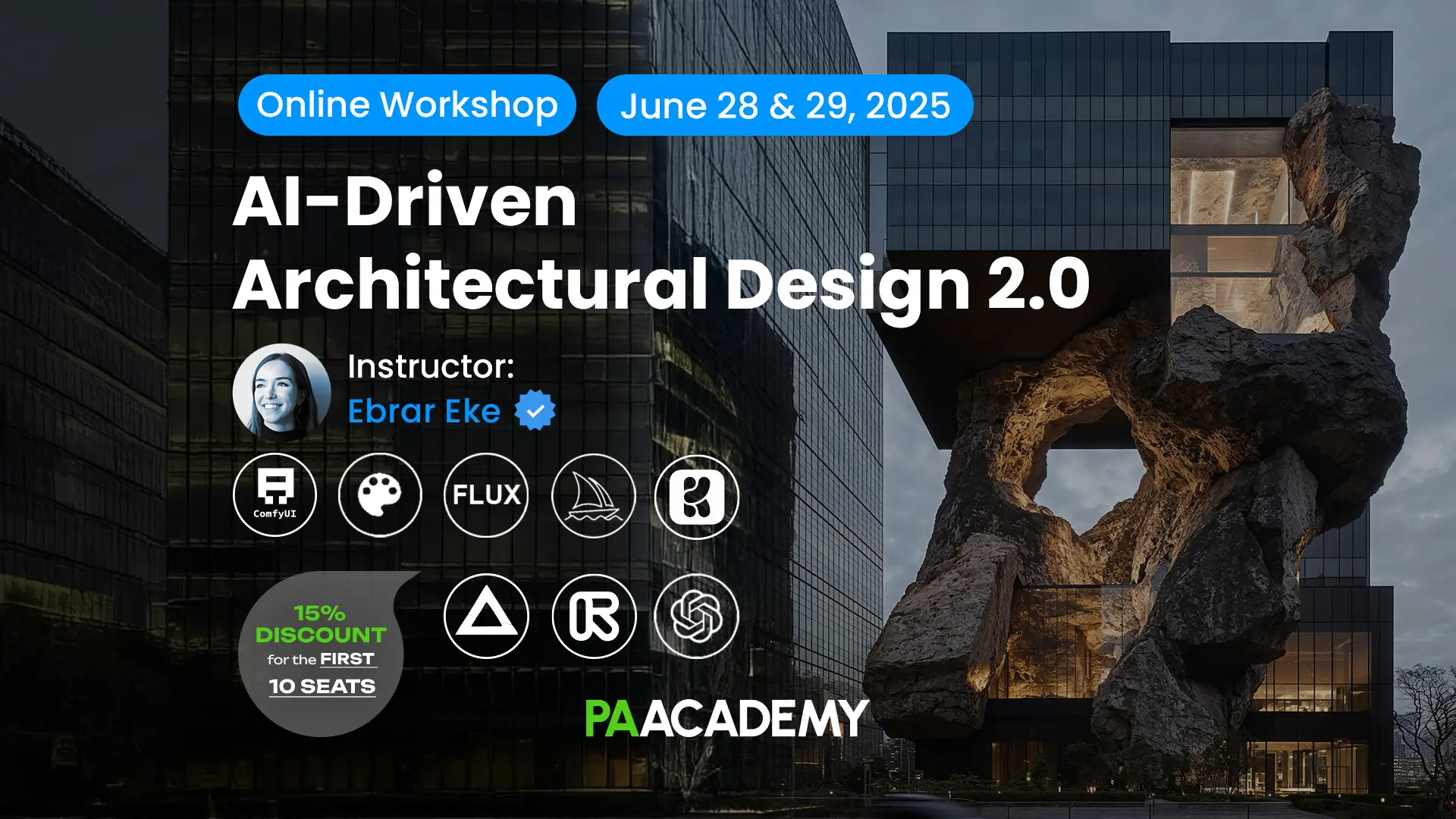
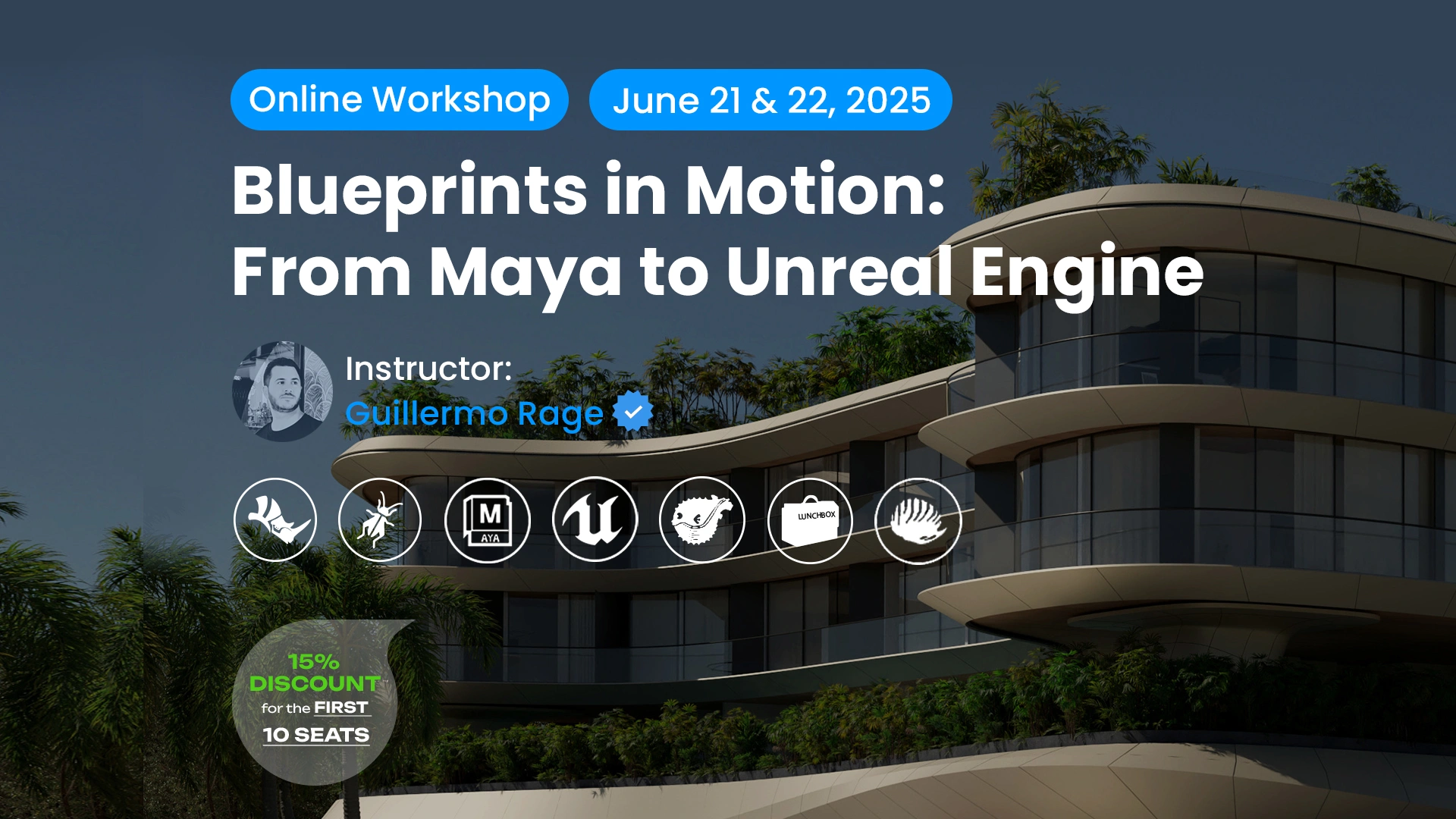



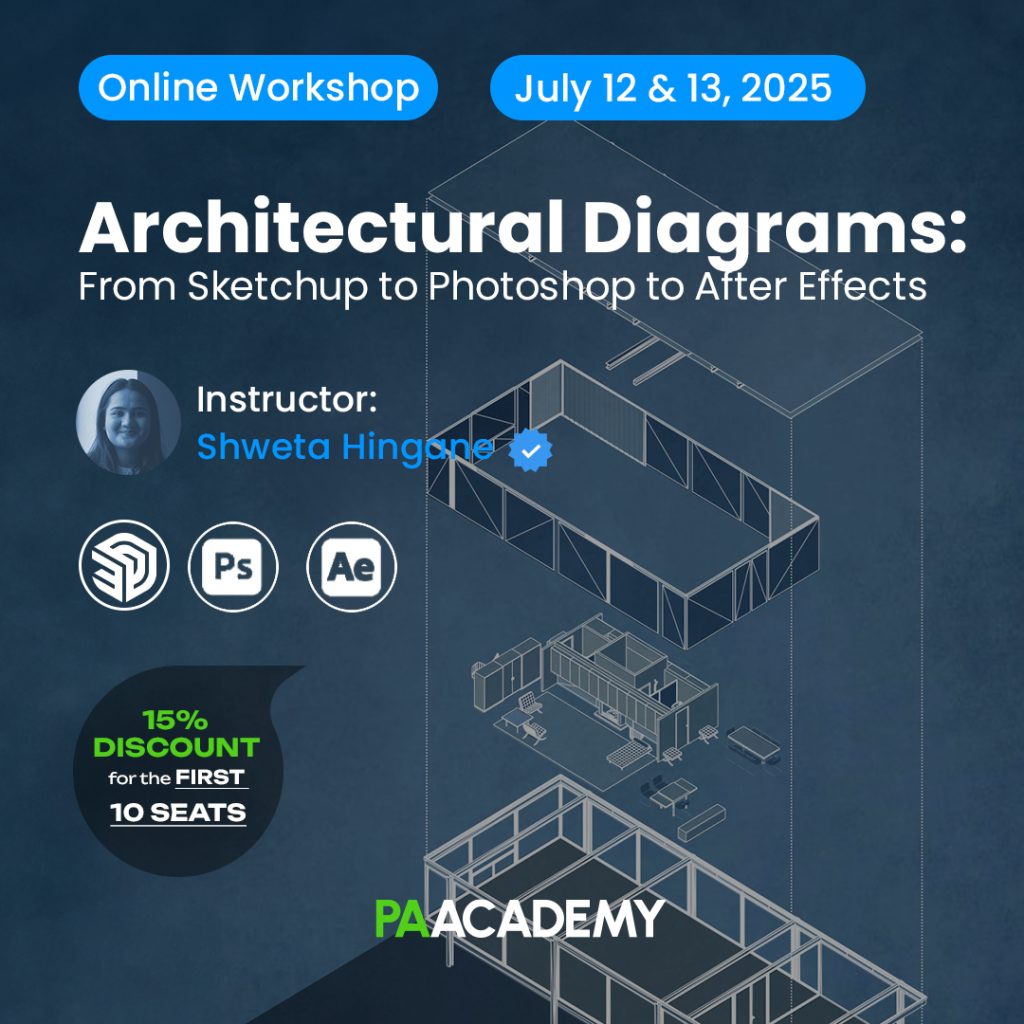
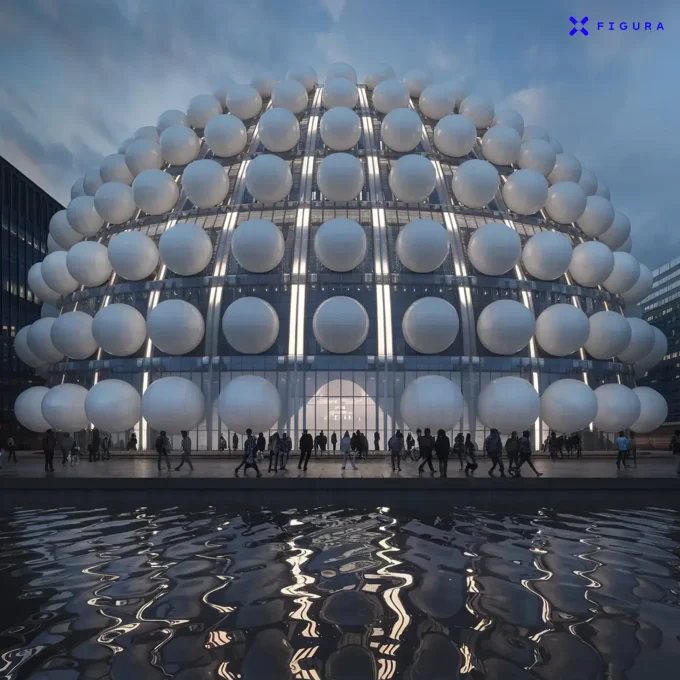






Leave a comment